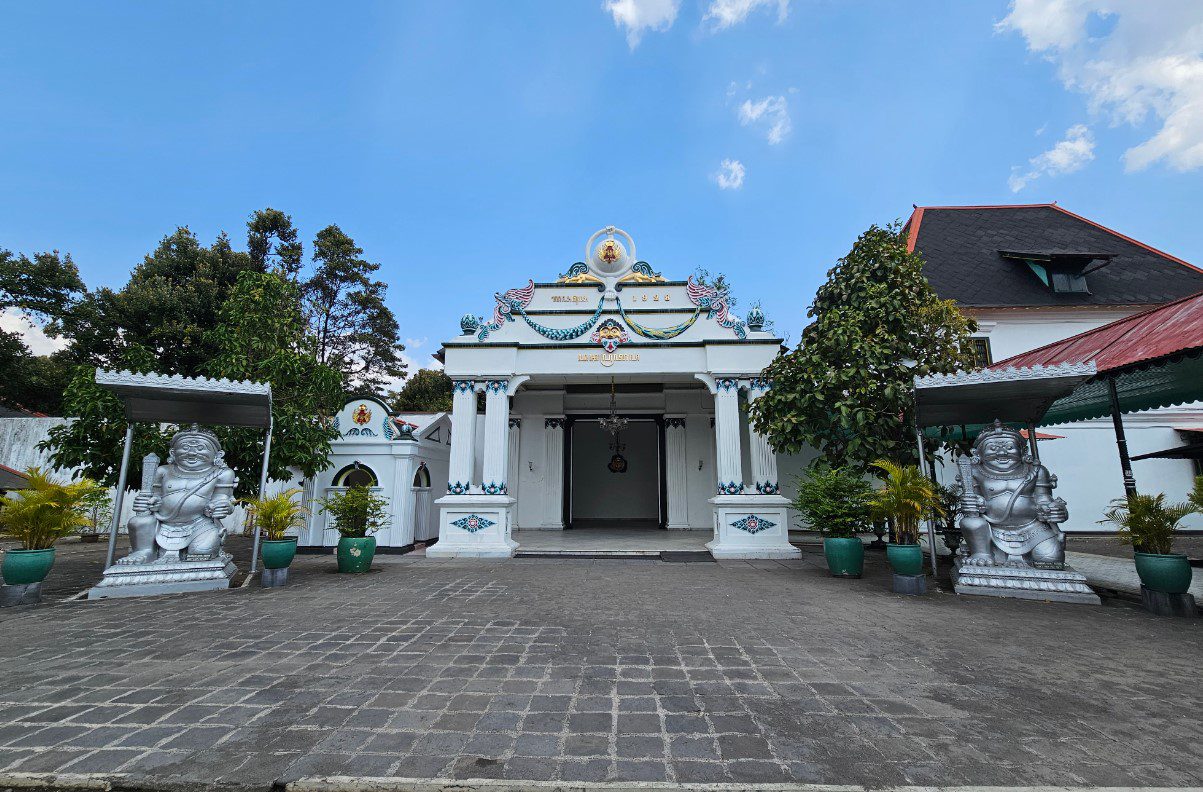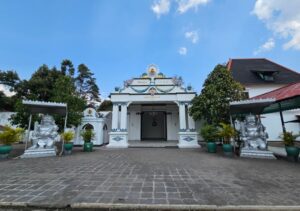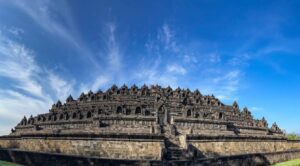Do you know the Yogyakarta palace? Yogyakarta Palace has a unique historical story. The following is information about the history of the Yogyakarta palace. Check out the explanation below.
Get to know the Yogyakarta Palace
Yogyakarta Palace or Ngayogyakarta Hadiningrat Palace is the official palace of the Ngayogyakarta Hadiningrat Sultanate in Yogyakarta. This palace is one of two palaces that still exist in Indonesia, the other being the Surakarta Palace. The Yogyakarta Palace is an important center of Javanese culture, history and tradition, and is home to the Sultan of Yogyakarta.
The Yogyakarta Palace is a valuable heritage for Indonesian culture and continues to be a symbol of pride and identity for the people of Yogyakarta.
History of the Yogyakarta Palace
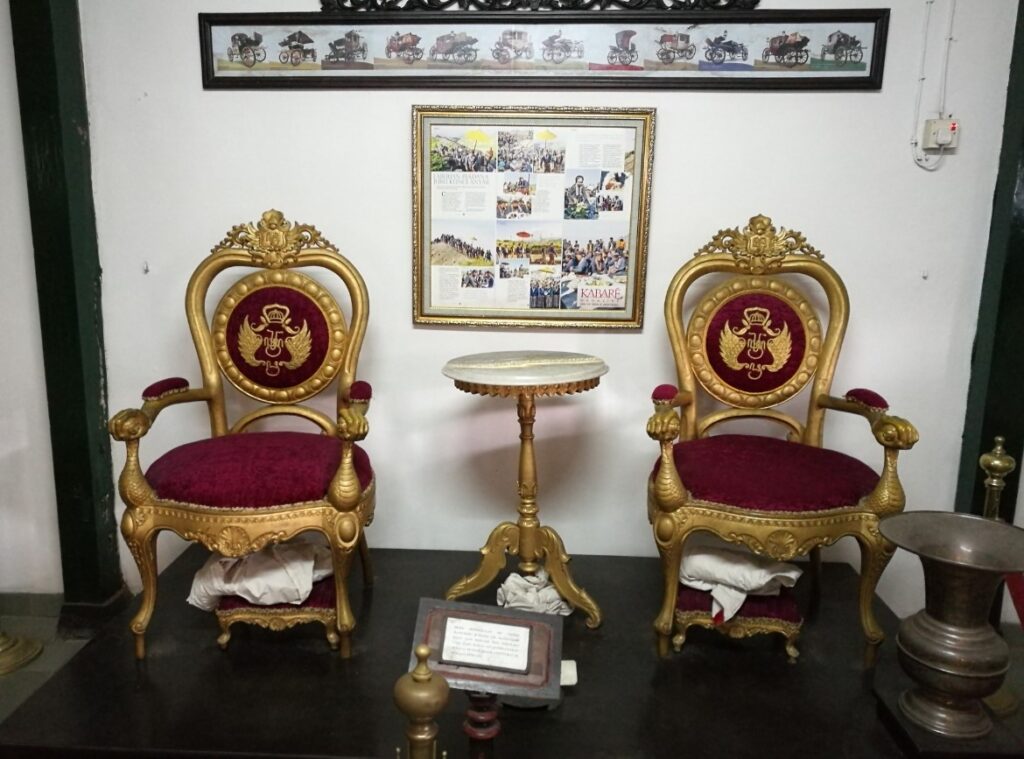
Find out the history of the Yogyakarta Palace which was founded by Sri Sultan Hamengkubuwono I in 1755 as the new Yogyakarta palace or palace. The Yogyakarta Palace was founded as a result of the division of Islamic Mataram with the Giyanti Agreement.
Sultan Hamengkubuwono I, who was a direct descendant of the Mataram dynasty, founded the Yogyakarta palace. Since then, this palace has become the center of power and culture in the Yogyakarta region.
The Yogyakarta Palace is a fragment of the Surakarta Hadiningrat Palace which originated from Mataram Islam Surakarta (Kingdom of Surakarta). Therefore, the Mataram dynasty was continued by two kingdoms, namely the Sultanate of Yogyakarta and the Kesunanan of Surakarta.
The forerunner to the founding of the Yogyakarta Palace
Yogyakarta Palace is located in the center of Yogyakarta city. This palace building has an area of approximately 14,000 square meters with complete buildings inside.
The history of Yogyakarta Palace is very interesting. Yogyakarta Palace was established by Sultan Hamengku Buwono I some time after the Giyanti Agreement which was carried out in 1755. Located in the former Garjitawati mortuary, this mortuary is often used to rest a funeral procession of the kings of Mataram namely Kartasura and Surakarta who will be buried in Imogiri.
Another version of the history of the Yogyakarta Palace states that the previous location of the palace was a spring, namely Umbul Pacethokan, which was in the middle of the Beringan forest.
Before Sultan Hamengku Buwono I occupied the Yogyakarta palace, he lived at Pesanggrahan Ambar Ketawang, which is currently part of the Gamping sub-district, Sleman Regency.
Sultan Hamengkubuwono, who carried out this transfer from Gamping to the Yogyakarta Hadiningrat Palace together with his followers, is marked by the Surya Sengkala Dwi Naga Rasa Tunggal which has existed since 1756 AD.
Sekala Dwi Naga Rasa Tunggal has the meaning of the unity of mutual cooperation, authority, magic and holiness of a king or leader, and as a source of reinforcements and belief in safety, tranquility and the hope of achieving prosperity for a kingdom that is built.
Yogyakarta Palace Building
The history of the palace of Yogyakarta does not stop there, the building of the palace of Yogyakarta has seven core complexes including Siti Hinggil Ler (Utara Balairung), Kamandhungan Ler (Utara Kamandhungan), Sri Manganti, Kedhaton, Kamagangan, Kamandhungan Kidul (South Kamandhungan) and Siti. Hinggil Kidul (Balairung Selatan).
What’s more interesting is that the Yogyakarta palace has various cultural heritages that are preserved to this day, starting from traditional ceremonies that are often held every year, as well as ancient and historical objects.
On the other hand, the Yogyakarta kerton is a traditional institution complete with traditional stakeholders. It is not surprising that the Yogyakarta palace has a valuable history, namely having philosophical values as well as complete mythology surrounding the Yogyakarta palace. Because of the interesting history of the Yogyakarta palace, the palace complex has become a UNESCO world heritage site candidate.
Baca Juga: From Gudeg to Bakpia: Indulge Yourself with Typical Yogyakarta Culinary
Yogyakarta Palace Building Complex
Yogyakarta Palace has a very unique building complex starting from the layout to the architecture of this building. This Yogyakarta palace building has a basic design of the old Yogyakarta city landscape and an interesting spatial layout of the palace from the main part of the palace from north to south starting from Gladhag Gate in the north to Plengkung, Nirboyo in the south.
Some of the main parts of Yogyakarta palace from north to south such as Gladag-Pangurakan Gate, Ler Square Complex (Utara Square) and Great Mosque (Masjid Raya Royal); Pagelaran Complex, Siti Hinggil Ler Complex, Kamandhungan Ler Complex; Sri Manganti Complex; Palace Complex; Kamagangan Complex; Kamandungan South Complex; Siti Hinggil Kidul Complex (now called Sasana Hinggil); as well as Alun Alun Kidul (South Field) and Plengkung Nirbaya or Plengkung Gadhing.
Apart from that, there are other parts of the complex including the Pracimosono Complex, Roto Wijayan Complex, Kilen Palace Complex, Taman Sari Complex, and Crown Prince Palace Complex.
Apart from the complete building complex, of course what is no less interesting than the history of the Yogyakarta palace is the architecture of these buildings. The Yogyakarta palace building has an architectural style in the form of a typical traditional Javanese building with several touches of foreign culture such as Dutch, Chinese and Portuguese.
However, the architectural style of the Yogyakarta Palace building that stands out is the joglo construction with various beautiful colored ornaments that add to the aesthetics of the Yogyakarta palace building.
Cultural Heritage of the Yogyakarta Palace
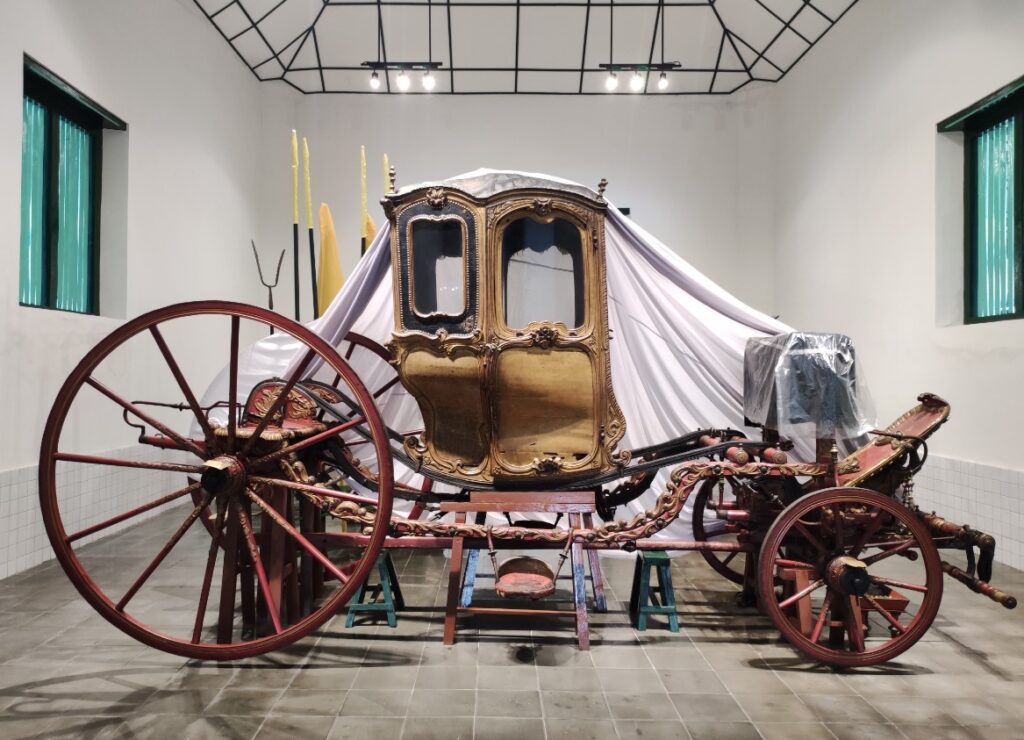
The history of the Yogyakarta palace certainly did not leave behind a cultural legacy that is still preserved today. The following are some of the cultural heritage of the Yogyakarta Palace such as traditional ceremonies, dances, music and heritage. The following are several explanations related to the cultural heritage of the Yogyakarta palace.
1. Tumplak Wajik Ceremony
The cultural heritage from the history of the first Yogyakarta palace is the tumplak wajik ceremony, namely the diamond-making ceremony or a special food made from sticky rice and coconut. This ceremony is carried out to start making the pareden used in the Garebeg ceremony.
Usually the Tumplak Wajik ceremony is only performed to make a pareden for womenGarebeg Mulud andGarebeg Besar. The ceremony, which was attended by palace officials, was accompanied by offerings.
Apart from that, the ceremony which was held two days before the garebeg was also accompanied by a musical ensemble of a mortar and pestle (a rice pounder), kenthongan and other wooden musical instruments. After the ceremony is finished, it continues with making a pareden or symbolization of the palace to hope for prosperity.
Baca Juga: Immersing in Javanese Traditions: Exploration Culture in Yogyakarta
2. Garebeg ceremony
Furthermore, the cultural heritage from the history of the Yogyakarta palace is the Garebeg ceremony which is held three times in one year of the Javanese calendar. Garebeg ceremony activities are often performed on the twelfth day of the Mulud month (3rd month), the first day of the Sawal month (10th month) and the tenth day of the Besar month (12th month).
On the days that have been determined, the Sultan is pleased to issue his alms to the people as a manifestation of gratitude to God for the prosperity of the kingdom. This almsgiving, calledGo ahead, Dalem or parden or mountain. In this activity, a variety of mounts are madeMr. Pareden, Pareden Estri, Pareden Pawohan, Pareden Gepak, andPareden Darat, as well asPareden Kutug/Bromo which is only issued once every 8 years at the time of Garebeg Mulud.
These mountains have meanings, such as a cone-shaped mountain of kale containing green long bean vegetables strung together with red chilies, duck eggs and several dry food items, Gunungan estri which consists of a basket of flower arrangements, Gunungan Paohan which is made of fruit. – fresh fruit placed in a basket made of young coconut leaves (Janur) which is yellow and covered with blue cloth, Gunungan Gebak, gunungan darat, gunungan khutuk have a characteristic shape from burnt incense.
3. Sekaten Ceremony
Furthermore, the history of the Yogyakarta palace is not far from the cultural heritage of the sekaten ceremony, which was a royal ceremony held for seven days.
Sekaten ceremony is a celebration of Prophet Muhammad’s birthday. Sekaten in the Yogyakarta palace tradition started with the release of two Sekati Gamelan instruments,KK Guntur Madu andKK Nagawilaga, from the palace to be placed inThe stage South and North aheadGreat Mosque. For seven days, starting from the 6th to the 11th day of the month of Maulud. The two gamelan instruments are played/sounded alternately to mark the Sekaten celebration.
On the eighth night, the Sultan or his designated representative will perform the tradition of udhik udhik or spreading coins. After that, the Sultan or his representative entered the Gedhe Mosque to listen to the study of the Prophet’s birthday and listen to the reading of the Prophet’s biography.
4. Siraman/Jamasan Heirloom and Labuhan Ceremonies
A ceremony that is not left behind in the history of the Yogyakarta palace is the siraman or jamasan heirloom ceremony, which is a typical tradition for cleaning and caring for the Royal Heirlooms that are owned. This ceremony was held in four places. The first location is in the Kedhaton Complex (nDelem Aeng Prabayaksa andSweet ward). The ceremony at this location was ‘closed to the public and only attended by the royal family.
5. Labuhan Ceremony
The next tradition is the labuhan or almsgiving ceremony which is held on Parang Kusumo beach and the slopes of Mount Merapi. This ceremony is intended as an alms ceremony by throwing away the objects given as alms and then fighting over them by the community.
6. Kingdom Heritage
The heritage at the Yogyakarta Palace is referred to as Dalem family which is considered to have magical powers or a sacred relic inherited from early generations. The power and sacredness of an heirloom is related to its origin, the past circumstances of its previous owner or its role in historical events. Usually this royal heirloom is often cleaned by washing it at the beginning of the Suro month.
This is information about the history of the Yogyakarta palace from Yogyakartatour. Is it from the information provided about the history of the Yogyakarta Palace that you are interested in visiting the Yogyakarta Palace?
Don’t worry, you can take a holiday visiting the Yogyakarta palace. If you are confused about how to get there, you can use the tour package services from Yogyakarta tour which is ready to be your travel companion to spend time in Yogyakarta. So what are you waiting for, make a reservation now for your trip to learn more about the Yogyakarta palace.

